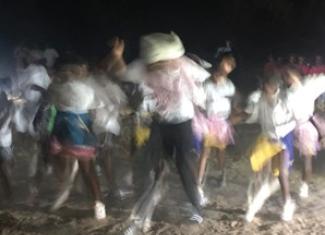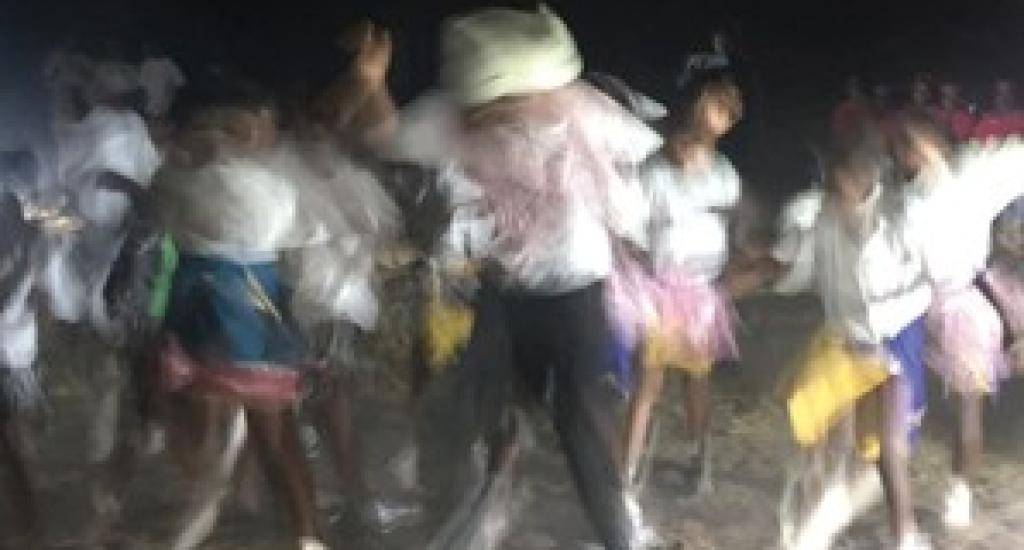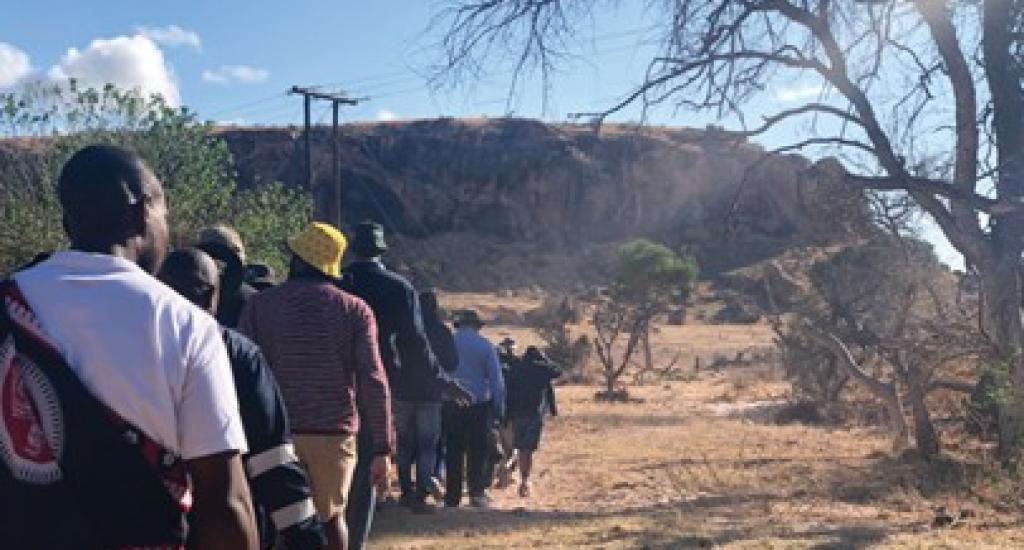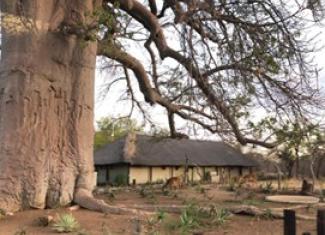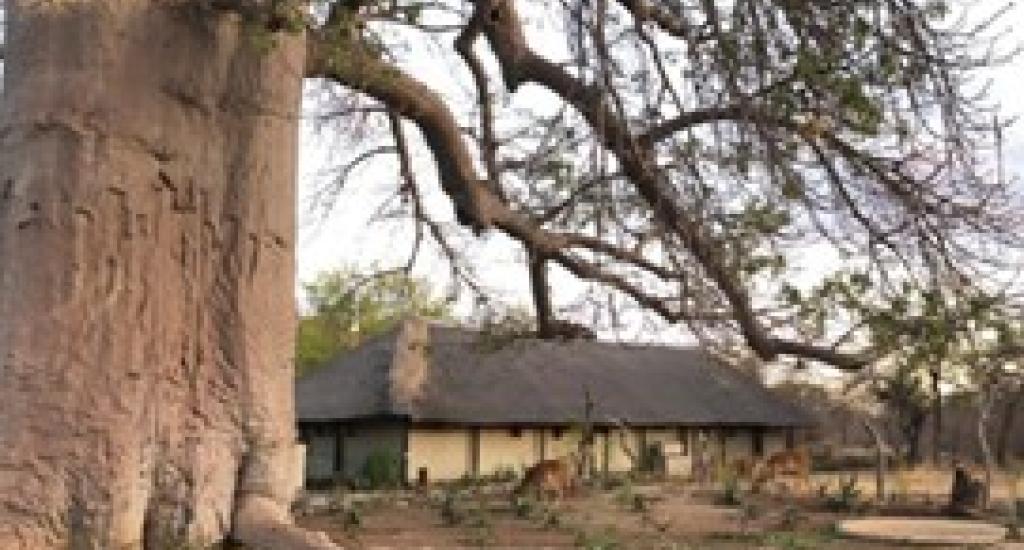Mapungubwe National Park: A tale of a city that once was
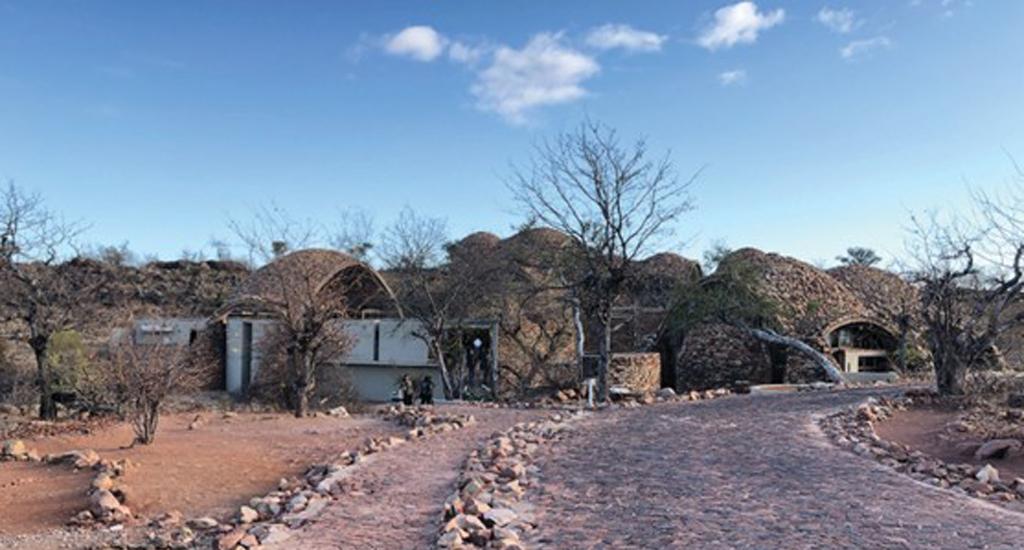
The story of Mapunguwe almost feels like a melancholic allegory.
I was there recently, and it felt like I had been teleported to a spiritual realm of epic proportions.
I was part of a group of about 45 people that hopped on a coach bound for the South African National Parks s (SANParks) fabled Mapungubwe National Park for the fourth Mapungubwe Lecture
Series in October.
The five-and-a-half-hour drive from Pretoria to the Mapungubwe National Park at times felt like an unending lunge to obscurity. While the ride is largely tranquil between the Capital City and Polokwane on the N1 highway, one is jolted to a stark contrast once the trip joins the R521, a stretch peppered with numerous potholes.
Perhaps this was to set the tone for what awaited us at the destination.
While preparing for the three-day excursion, I purposefully avoided researching the National Park to keep an element of surprise.
Natures beauty
The natural beauty of the region is quite enigmatic. Once over the initial shock of the state of the road, my eye was drawn to the desolated savannah plains dotted by baobab trees and dry rivers that appeared to be gasping for oxygen.
After successfully trekking the Capricorn region, we check-in at Thaba Bolayi Game Lodge, our accommodation for the two nights. The lodge features a stunning backdrop of expansive granite outcrop and lush vegetation. Later that evening we drenched in the cultural festivities of the Balobedu people in the form of traditional and urban dance and music.
The following morning, we headed to Mapungubwe Interpretation Centre, where we boarded a safari vehicle for an adventure trail and a guided bush tour. We were received by an enthusiastic tour guide. On the fringes of the trail, a roaming elephant nonchalantly abandoned her calf and proceeded to navigate the foliage in its wake. A distance away a wandering brahman is briefly stopped in its tracks when it locked eyes with a lone wildebeest that appeared reluctant to engage, despite the temptation.
Our toiling steep hike was interspersed by the guide regaling us with the tale of Mapungubwe, a centuries-old ancient city that sits where the Limpopo and Shashe rivers meet, straddling South Africa, Zimbabwe and Botswana.
His spellbinding narration of the place almost feels like I have been transported to how life was in Mapungubwe all those centuries ago. It was a profoundly melancholic experience.
The ancient city was first discovered in 1932 when an unrelenting white farmer a certain van Graan finally managed to convince a local to reveal sacred secrets after plying him with alcohol.
According to SANParks, Mapungubwe is considered the first state in South Africa. The kingdom of Mapungubwe flourished between 1075 and 1220 AD and rep- resents a critical chapter in African history. A legacy that is preserved through archaeological discoveries and rich cultural heritage evident in the now Mapungubwe National Park.
According to the guide, the city flourished by a sophisticated trading centre from around 1200 to 1800 AD.
Since 1932 , various relics including pottery, gold and silver have been found on the four sites at Mapungubwe. Some of these archaeological discoveries, such as mortar stones for crushing grains, stone plat- forms remain as landmark to this day. The city is believed to have traded with regions such as China and India.
Later that evening, Professor Munyaradzi Manyanga from the Great Zimbabwe University delivered a lecture in which he stated that today Mapungubwe and related civilisations in Southern Africa are an opportunity to find ourselves . He emphasise the importance of building regional solidary, learning from the past and using Mapungubwe as an icon to influence regional development.



